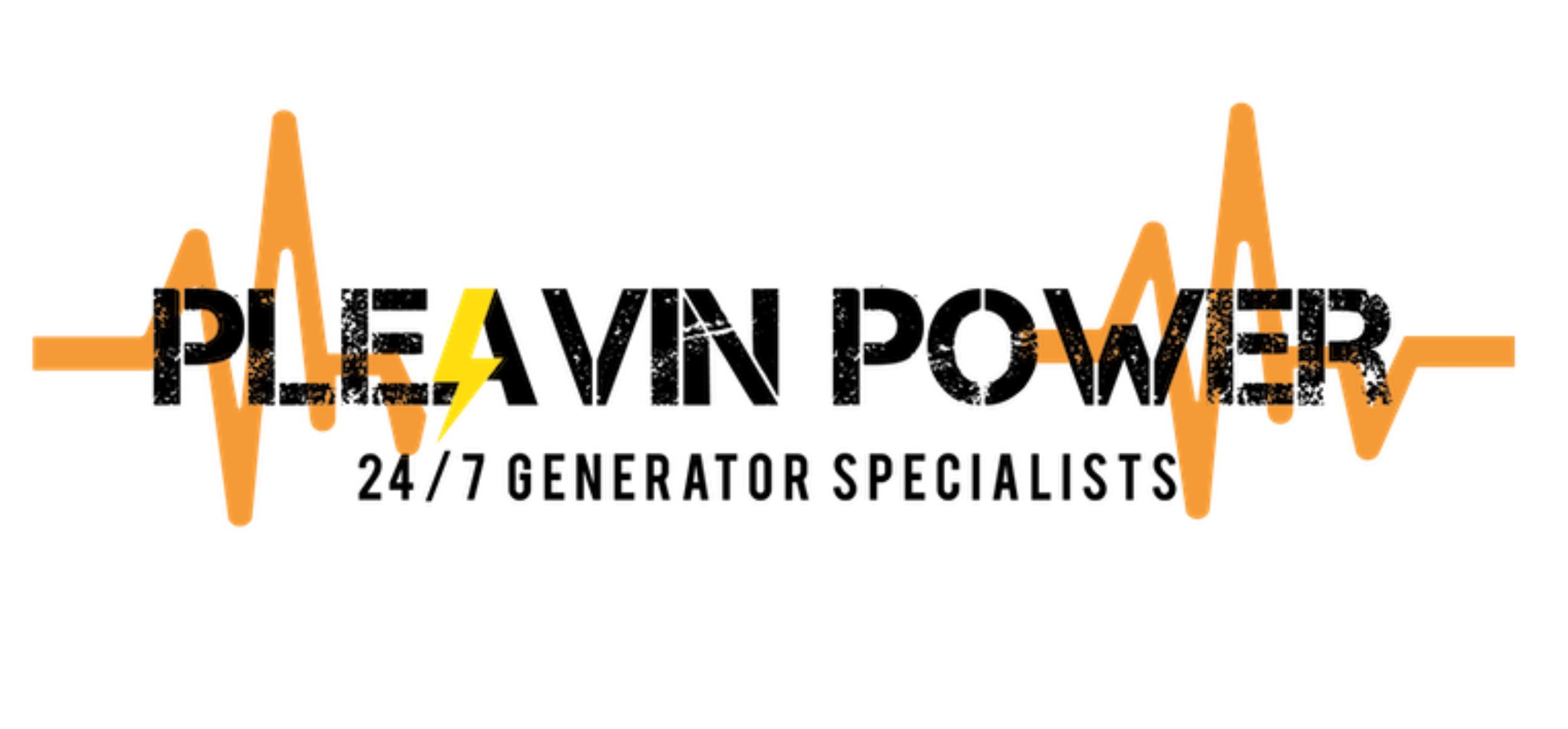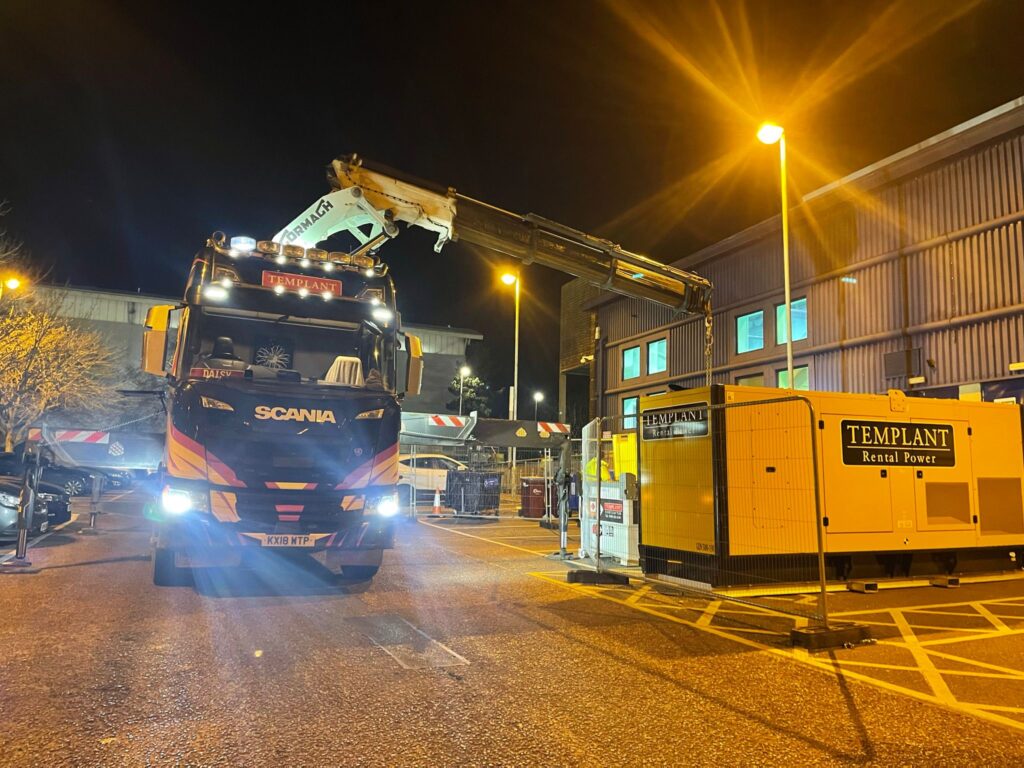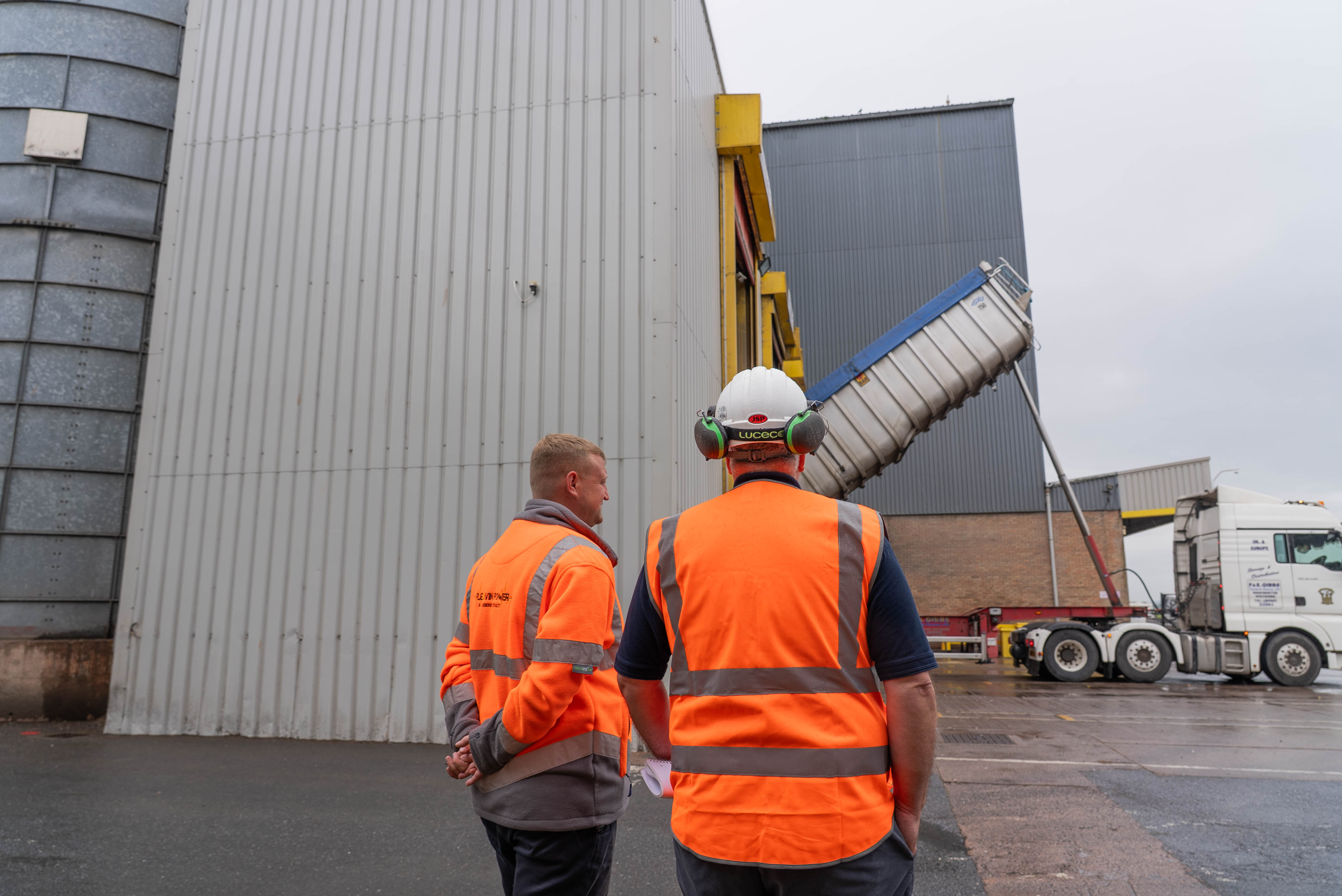Diesel generators are essential for providing reliable backup power, and they’re built to be tough, durable and long-lasting. Like any mechanical equipment though, they can occasionally run into issues.
Understanding what can go wrong, and how engineers fix it can help you keep your generator running smoothly and minimise disruption to business operations.
Whether it’s a start-up failure, overheating or strange smoke emissions, it’s important to be prepared. There are fixes you can try if you have the knowledge and expertise, but it’s also a good idea to keep the phone number of a qualified technician to hand. If in doubt, consult the experts.
5 Common Problems With Generators
1. Failure To Start
One of the most frequent complaints with diesel generators is a failure to start. This problem often strikes at the worst possible moment, usually when backup power is urgently needed.
Potential causes of this problem include:
- A dead or weak battery
- A faulty starter motor
- Low coolant or oil levels
- Fuel supply issues
Fix:
You’ll need to work systematically through each potential cause, starting with checking the battery charge and connections. A flat or corroded battery is a common culprit.
Next, move onto checking the oil and coolant levels, as many generators will refuse to start if these are too low. You can also inspect fuel lines for air leaks or blockages. In some cases, replacing the starter motor may be necessary.
Routine maintenance and weekly test runs can help prevent this issue before it catches you off guard.

2. Fuel Contamination Issues
Diesel fuel can degrade over time, especially when stored in a generator’s tank for long periods. Water ingress, microbial growth and dirt can all lead to fuel contamination.
Symptoms of this issue include:
- Engine sputtering
- Irregular power output
- Increased exhaust emissions
- Difficulty starting.
Fix:
If you suspect fuel contamination, you’ll need to drain and clean the fuel tank. Biocides can be used to eliminate microbial growth, and you might also want to install high-quality fuel filters to catch debris. Regularly replacing filters and using treated fuel can go a long way in preventing this issue.
Although it’s one of the most common generator problems, it can be avoided with proper fuel storage practices and periodic inspection. You should also check the manufacturer’s guidelines, as most have minimum specifications for fuel cleanliness based on ISO 4406.
3. Overheating Problems
Generators are designed to operate within a specific temperature range. If they overheat, it can lead to significant damage, including warped components and engine failure.
Most likely causes of this problem include:
- Low coolant levels
- Blocked or faulty radiators
- Defective thermostats
- Overloaded operations
Fix:
Like with many generator issues, you’ll need to go through a few diagnostic stages in order to find the right solution.
Firstly, check the coolant levels and top up if necessary, then clean out the radiator to ensure proper airflow and cooling.
If the generator continues to overheat, it may be the case that there’s a faulty thermostat or water pump that needs replacing.
It’s also worth analysing the load the generator is subjected to during typical and peak use. If it’s within the normal range but output has dropped and the equipment is overheating, it could be time for an overhaul, upgrade or reconditioning.
Taking the time to understand exactly how a generator operates, including its cooling system, can help identify potential overheating issues before they escalate.

4. Excessive Smoke
Diesel generators are known to produce some exhaust smoke, but excessive or unusually coloured smoke can indicate underlying problems.
Types of smoke and what they mean:
- Black smoke – this could be a sign of too much fuel or not enough air, often due to a clogged air filter or injector problems
Blue smoke – this could mean that oil is burning, possibly from worn-out piston rings - White smoke – this indicates incomplete combustion, often caused by cold starts or low cylinder compression.
Fix:
Run through some systematic checks, starting with checking and replacing the air filter if it’s dirty. Then move onto the fuel injectors, cleaning or replacing them as needed. If the problem persists, a deeper mechanical inspection may be necessary to check for internal engine wear or compression issues.
The good news though is that this is one of the common problems with generators that’s easy to detect visually. However, it should be addressed as quickly as possible to avoid long-term engine damage.
5. Low Power Output
Is your generator running but not delivering the expected power output? This is not only frustrating, as it can shut down operations entirely.
Potential causes include:
- An overloaded generator
- Worn-out alternator brushes
- A faulty voltage regulator
- The engine not reaching proper RPM.
Fix:
Start by reducing the load and seeing if the generator recovers. If not, inspect the alternator and voltage regulator. All of these changes and repairs will require professional repair or replacement. After this is done, you’ll need to check that the engine is running smoothly and reaching the correct operating speed, as this can directly impact output.
Keeping your generator properly sized for its intended load and having it serviced regularly can help to prevent this issue from occurring.















